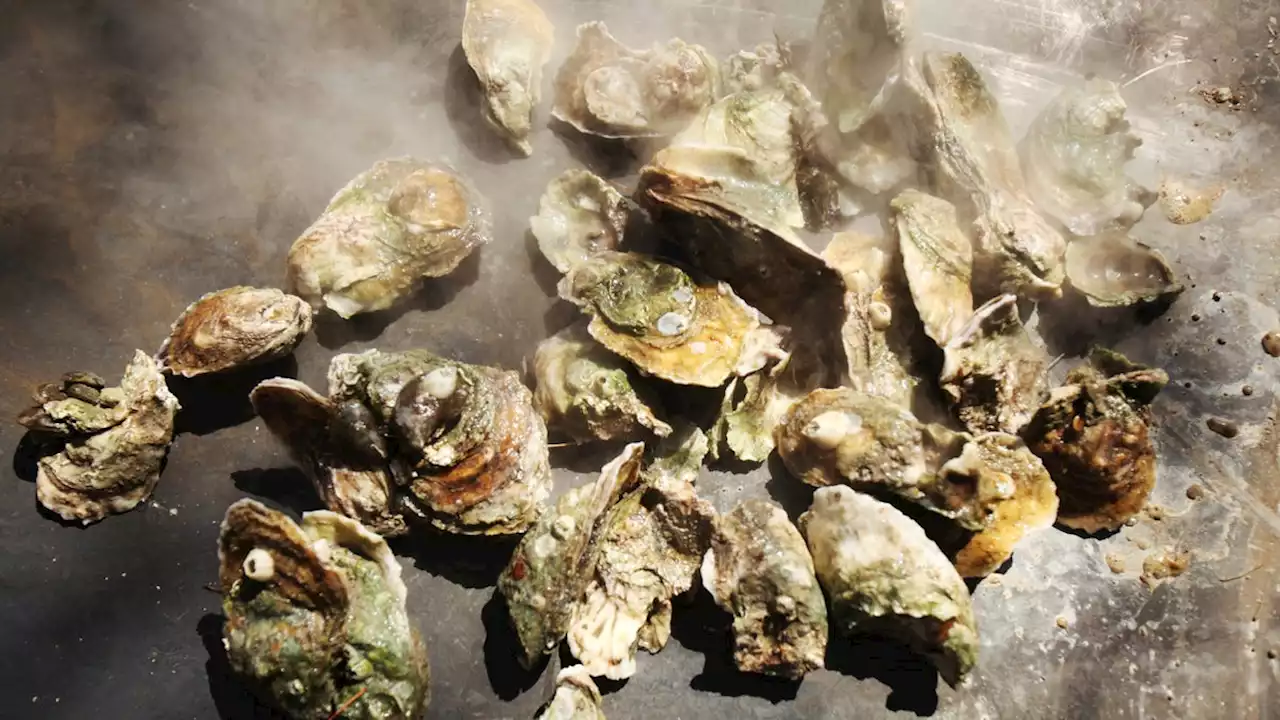A gamma-ray trickster has just been found in the vicinity of the Milky Way.
being a leading candidate – did so millions of years ago, and the bubbles have been blowing upwards and outwards ever since. They're brighter in high-energy gamma radiation than the rest of the Milky Way's disk.
The location of the cocoon is directly coincident with the location of another object – the core of Sagittarius dwarf spheroidal galaxy, a satellite of the Milky Way that is in the process of being torn apart and subsumed by the larger galaxy. If you see something emitting gamma radiation in a larger gamma radiation structure, it's probably natural to assume that the two are related. But two things with similar shape and orientations lining up directly in our line of sight would be, well, really peculiar.
They modeled the emission over a range of explanations, including the intra-bubble cocoon and the Sagittarius galaxy, and found that, by quite some significance, the Sagittarius galaxy was the most likely emitter of the gamma radiation in the Fermi cocoon. Nor have any massive, short-lived stars been dying in spectacular supernovae; these are born from gas, and, well. There is none.
United States Latest News, United States Headlines
Similar News:You can also read news stories similar to this one that we have collected from other news sources.
 ‘Large’ hydrogen leak foils NASA’s schedule for Artemis I missionAnother launch attempt may not happen until mid-October.
‘Large’ hydrogen leak foils NASA’s schedule for Artemis I missionAnother launch attempt may not happen until mid-October.
Read more »
 Smart cars' biggest safety risk? They're boring to drivePeople driving cars that mostly operate themselves can drift into a dangerous state of fatigue, but one leading autonomous vehicle (AV) company has suggestions to keep drivers alert.
Smart cars' biggest safety risk? They're boring to drivePeople driving cars that mostly operate themselves can drift into a dangerous state of fatigue, but one leading autonomous vehicle (AV) company has suggestions to keep drivers alert.
Read more »
 The shift to electric vehicles is about to overwhelm meager US mining operationsWe may not have enough minerals for all the batteries.
The shift to electric vehicles is about to overwhelm meager US mining operationsWe may not have enough minerals for all the batteries.
Read more »
 Around for 15 million years, here's what you may or may not know about oystersLabor Day signals the end of summer and the call of fall, football AND oyster roasts. Here's everything you need to know about oysters.
Around for 15 million years, here's what you may or may not know about oystersLabor Day signals the end of summer and the call of fall, football AND oyster roasts. Here's everything you need to know about oysters.
Read more »
